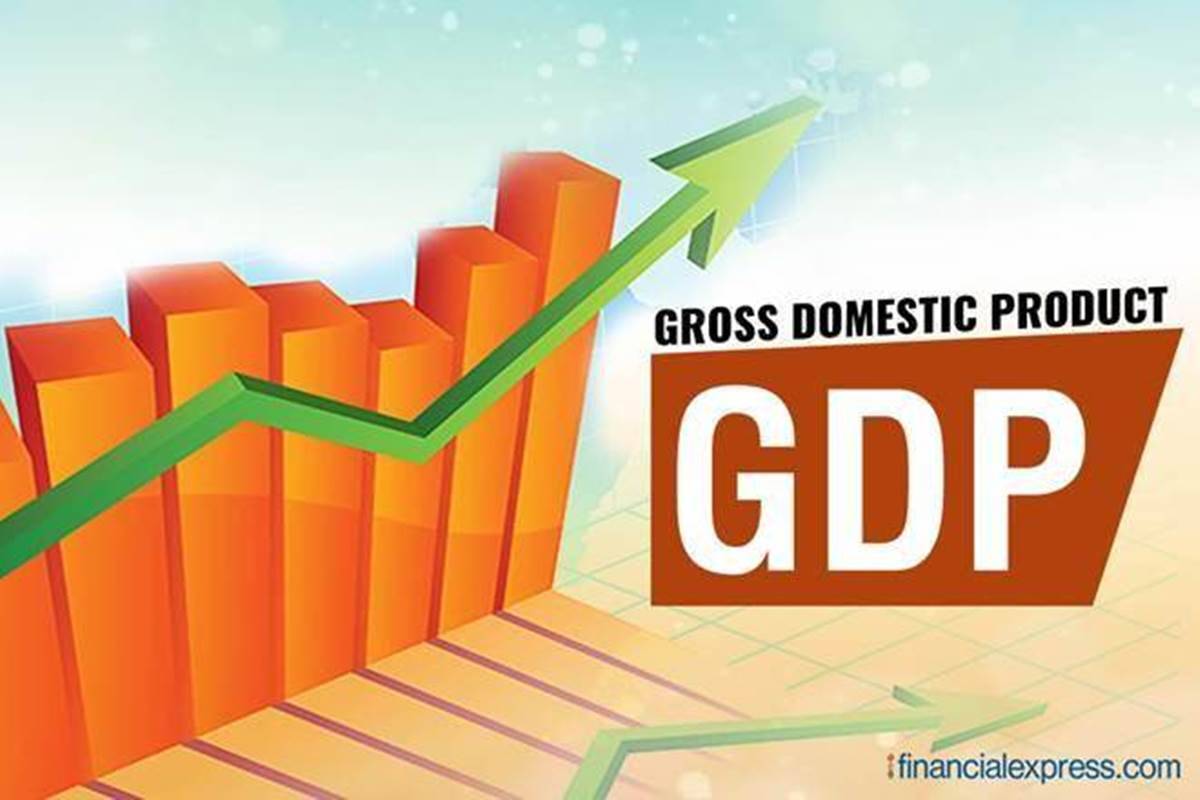
GDP REVIVAL FORECAST: RBI
CONTEXT:
- The Monetary Policy Committee of the Reserve Bank of India (RBI) has announced the extension of its accommodative policy stance for the rest of this year as well as 2021-22 and forecasted a GDP revival in coming months.
- RBI had previously introduced a number of measures in its Monetary Policy Report for dealing with the Covid-19 induced economic setback.
DECISIONS:
- RBI has kept key policy rates unchanged to revive growth of the economy and mitigate the economic impact of Covid-19 pandemic.
- The Repo and reverse repo rate unchanged at 4% and 3.35% respectively because of high inflation.
- Risk weights, i,e, the capital required to be set aside on individual home loans, have been relaxed and the loan limit for retail and small business borrowers have been raised.
- This would give a boost to the job-intensive real estate sector that has been suffering in the pandemic.
- Real-Time Gross Settlement (RTGS) will be available round the clock.
- Targeted Long Term Repo Operations (TLTRO) of Rs 1,00,000 crore for the revival of specific sectors, and Open Market Operations (OMOs) for State Development Loans (SDLs) have been announced.
- This will assure market participants of access to liquidity and easy finance conditions.
- Long Term Reverse Repo Operation (LTRO) is a mechanism to facilitate the transmission of monetary policy actions and the flow of credit to the economy. This helps in injecting liquidity in the banking system.
- Open Market Operations (OMO) is one of the quantitative monetary policy tools which is employed by the central bank of a country to control the money supply in the economy.
- OMOs are conducted by the RBI by way of sale or purchase of government securities (g-secs) to adjust money supply conditions.
- The central bank sells g-secs to commercial banks to remove liquidity from the system and buys back g-secs to infuse liquidity into the system.
FORECASTS:
GDP REVIVAL
- Real gross domestic product (GDP) in FY21 will fall by 9.5%.
- GDP growth may break out of contraction and enter a positive zone by Q4 of the current fiscal year (2020-21)
- Starting from a modest recovery the economic activity is expected to gain traction in Q3.
- The real GDP growth in 2020-21 is expected to be negative at -9.8% in Q2 of 2020-21,-5.6% in Q3 and 0.5% in Q4.
- Real GDP is likely to grow by 20.6% in the Q1 of 2021-22.
DECLINE IN INFLATION:
- Inflation is expected to decline in the next 3 months and is likely to ease to the projected target of around 4% (within a band of +/- 2%) by Q4 of FY’21.
- Supply chain disruptions is the major factor driving up inflation. As supply chains are restored, the inflation would come down.
- The retail inflation growth was 6.69%, as of August 2020.
- Restart of Economy
- The economy is likely to witness a three-speed recovery i.e. individual sectors showing varying paces with fastest, modest and slowest recovery rates.
- Apart from agriculture, sectors such as fast-moving consumer goods, automobiles, pharma and power would revive first.
MONETARY POLICY COMMITTEE
- The Monetary Policy Committee is a statutory and institutionalized framework under the Reserve Bank of India Act, 1934, for maintaining price stability, while keeping in mind the objective of growth.
- The Governor of RBI is ex-officio Chairman of the committee.
- The committee comprises six members (including the Chairman) – three officials of the RBI and three external members nominated by the Government of India.
- Decisions are taken by majority with the Governor having the casting vote in case of a tie.
- The MPC determines the policy interest rate (repo rate) required to achieve the inflation target (4%).
- An RBI-appointed committee led by the then deputy governor Urjit Patel in 2014 recommended the establishment of the Monetary Policy Committee.
REPO AND REVERSE REPO RATE
- It is the rate at which the central bank of a country (Reserve Bank of India in case of India) lends money to commercial banks in the event of any shortfall of funds.
- It is used by monetary authorities to control inflation.
- In the event of inflation, central banks increase the repo rate as this acts as a disincentive for banks to borrow from the central bank.
- This ultimately reduces the money supply in the economy and thus helps in arresting inflation.
- The central bank takes the contrary position in the event of a fall in inflationary pressures.
- Ideally, a low repo rate should translate into low-cost loans for the general masses. When the RBI slashes its repo rate, it expects the banks to lower their interest rates charged on loans.
- Reverse repo rate is the rate at which the RBI borrows money from commercial banks within the country.
